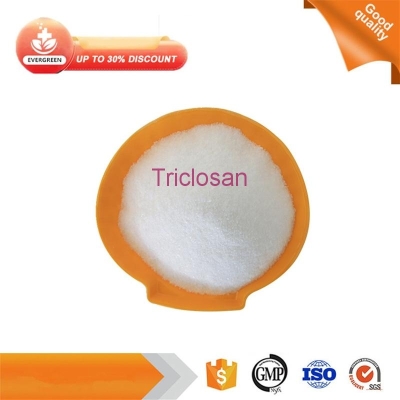Examination of Staphylococcus aureus
-
Last Update: 2007-01-29
-
Source: Internet
-
Author: User
Search more information of high quality chemicals, good prices and reliable suppliers, visit
www.echemi.com
This method is suitable for the detection of a small amount of Staphylococcus aureus in foods, raw materials and untreated foods 1 Sample preparation: solid or semi-solid food: weigh 25g of the sample with aseptic operation, put it into a sterile homogenizing cup filled with 225ml of sterilized normal saline, homogenize it for 1-2min at 8000r / min, and make a 1:10 sample homogenizing solution Liquid food: take 25ml of sample with sterilization pipette, put it into a sterilization glass bottle containing 225ml of sterilization physiological saline (a proper number of glass beads are preset in the bottle), and make a 1:10 sample homogenization solution after full shaking For counting and inspection, the sample can be diluted by the decimal incremental dilution method 2 Choose three successive dilutions, take 1 ml of diluted sample solution from each dilution, inoculate 3 tubes with 10% sodium chloride why? Remember? Staphylococcus aureus has high salt tolerance and can grow in 10-15% NaCl broth Therefore, it is actually a selective enrichment Tryptone soy broth The high dilution of Zui must be able to reach the negative end point, and the samples were cultured at 36 ± 1 ℃ for 48 hours 3 One ring was removed from each tube with bacterial growth by 3 mm inoculation ring, and then inoculated on the Baird Parker Agar plate which was dried on the surface by scribing, and cultured at 36 ± 1 ℃ for 45-48 hours 4 Select at least one suspected Staphylococcus aureus colony from each plate with bacterial growth, transfer it to broth medium, and culture it at 36 ± 1 ℃ for 20-24 hours 5 Take 0.3ml of broth culture and 0.5ml of coagulase test rabbit plasma and mix them fully in 8mm × 100mm test tube, culture them at 36 ± 1 ℃, observe whether there is clot formation regularly, observe for at least 6 hours, the inner volume is completely coagulated, and those who do not flow when the tube is inverted or tilted are positive Both positive and negative control should be done in the test The suspicious results should be confirmed by Gram staining, microscopy and other auxiliary tests, such as thermostable nuclease test 6 Report results: according to the coagulase test results, check the Zui approximate value (MPN) table, and report the MPN / g (ML) of Staphylococcus aureus.
This article is an English version of an article which is originally in the Chinese language on echemi.com and is provided for information purposes only.
This website makes no representation or warranty of any kind, either expressed or implied, as to the accuracy, completeness ownership or reliability of
the article or any translations thereof. If you have any concerns or complaints relating to the article, please send an email, providing a detailed
description of the concern or complaint, to
service@echemi.com. A staff member will contact you within 5 working days. Once verified, infringing content
will be removed immediately.







